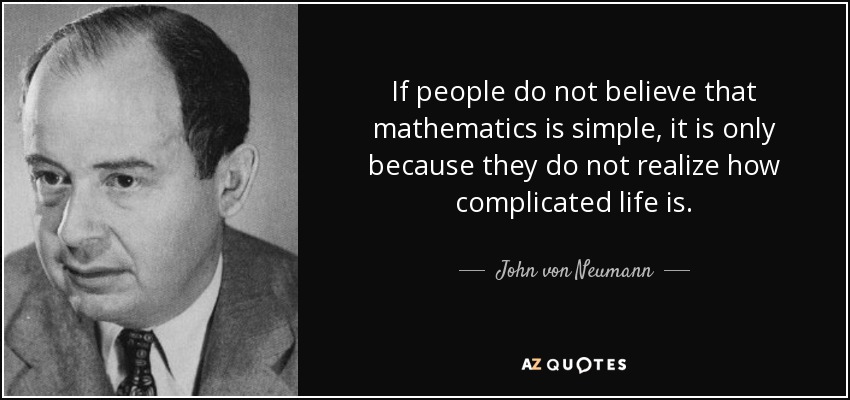SICP习题4.1

1. 题目
Exercise 4.1: Notice that we cannot tell whether the metacircular evaluator evaluates operands from left to right or from right to left. Its evaluation order is inherited from the underlying Lisp: If the arguments to cons in list-of-values are evaluated from left to right, then list-of-values will evaluate operands from left to right; and if the arguments to cons are evaluated from right to left, then list-of-values will evaluate operands from right to left.
(define (list-of-values exps env)
(if (no-operands? exps)
'()
(cons (eval (first-operand exps) env)
(list-of-values (rest-operands exps) env))))Write a version of list-of-values that evaluates operands from left to right regardless of the order of evaluation in the underlying Lisp. Also write a version of list-of-values that evaluates operands from right to left.
2. 思路
注:下面的代码包含了执行所需的全部代码,可以直接执行。
为了实现 list-of-values 的执行顺序不依赖于 cons 的执行顺序。 我想到使用迭代的方式来实现执行顺序的控制。这样,当 iter 函数递归调用时,不论 iter 与 cons 函数的执行顺序是从左向右还是从右向左,都会按照表达式的次序依次求值, 并将结果添加在 values 这个列表中保存起来,最后在 iter 函数结束时返回 (reverse values) 。 (注:The MIT implementation of Scheme includes eval , as well as a symbol user-initial-environment that is bound to the initial environment in which the user’s input expressions are evaluated.)
(define (no-operands? exps) (null? exps))
(define (first-operand exps) (car exps))
(define (rest-operands exps) (cdr exps))
(define (list-of-values-left-to-right exps env)
(define (iter exps values)
(if (no-operands? exps)
(reverse values)
(iter (rest-operands exps)
(cons (eval (first-operand exps) env) values))))
(iter exps '()))也可以使用 let 关键字来实现。
(define (list-of-values-left-to-right exps env)
(if (no-operands? exps)
'()
(let ((left (eval (first-operand exps) env)))
(cons left (list-of-values (rest-operands exps) env)))))用下面的2行代码测试一下 list-of-values-left-to-right 函数。 第一句代码说明函数正常返回求值后的列表,第二句代码说明函数从左向右求值。
1 ]=> (list-of-values-left-to-right '('x 'y) user-initial-environment)
;Value: (x y)
1 ]=> (list-of-values-left-to-right '((display "X") (display "Y")) user-initial-environment)
XY
;Value: (#!unspecific #!unspecific)list-of-values-right-to-left 函数可以通过 list-of-values-left-to-right 函数来实现。
(define (list-of-values-right-to-left exps env)
(reverse (list-of-values-left-to-right (reverse exps) env)))list-of-values-right-to-left 函数也可以通过迭代的方式独立实现。
(define (last-operand exps) (last exps))
(define (remove-last-operand exps)
(reverse (cdr (reverse exps))))
(define (list-of-values-right-to-left exps env)
(define (iter exps values)
(if (no-operands? exps)
values
(iter (remove-last-operand exps)
(cons (eval (last-operand exps) env) values))))
(iter exps '()))也可以使用 let 关键字来实现。
(define (list-of-values-right-to-left exps env)
(if (no-operands? exps)
'()
(let ((right (list-of-values (rest-operands exps) env)))
(cons (eval (first-operand exps) env) right))))用下面的2行代码测试一下 list-of-values-right-to-left 函数。 第一句代码说明函数正常返回求值后的列表,第二句代码说明函数从右向左求值。
1 ]=> (list-of-values-right-to-left '('x 'y) user-initial-environment)
;Value: (x y)
1 ]=> (list-of-values-right-to-left '((display "X") (display "Y")) user-initial-environment)
YX
;Value: (#!unspecific #!unspecific)